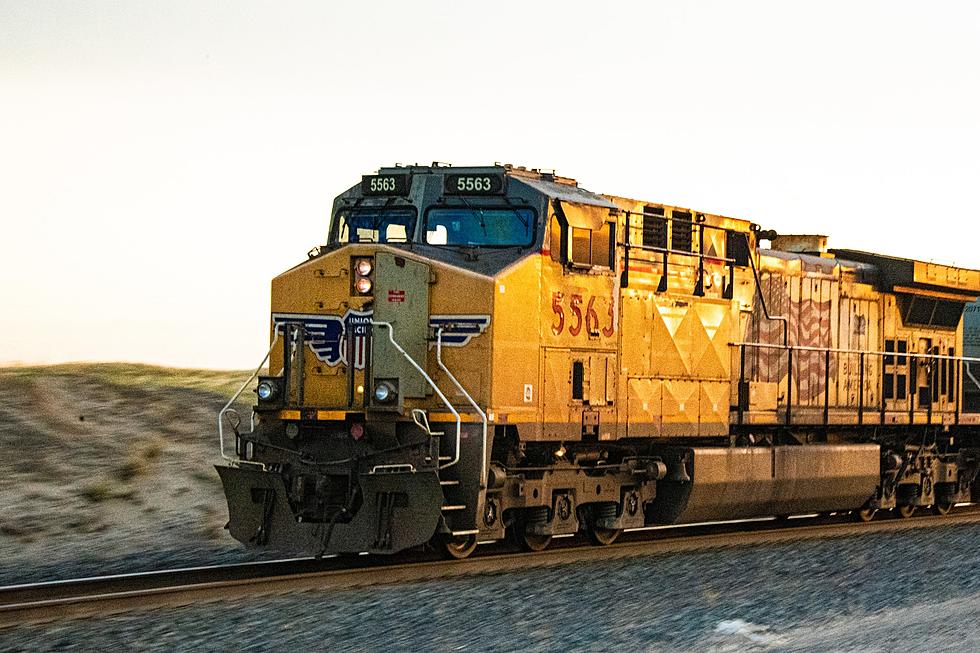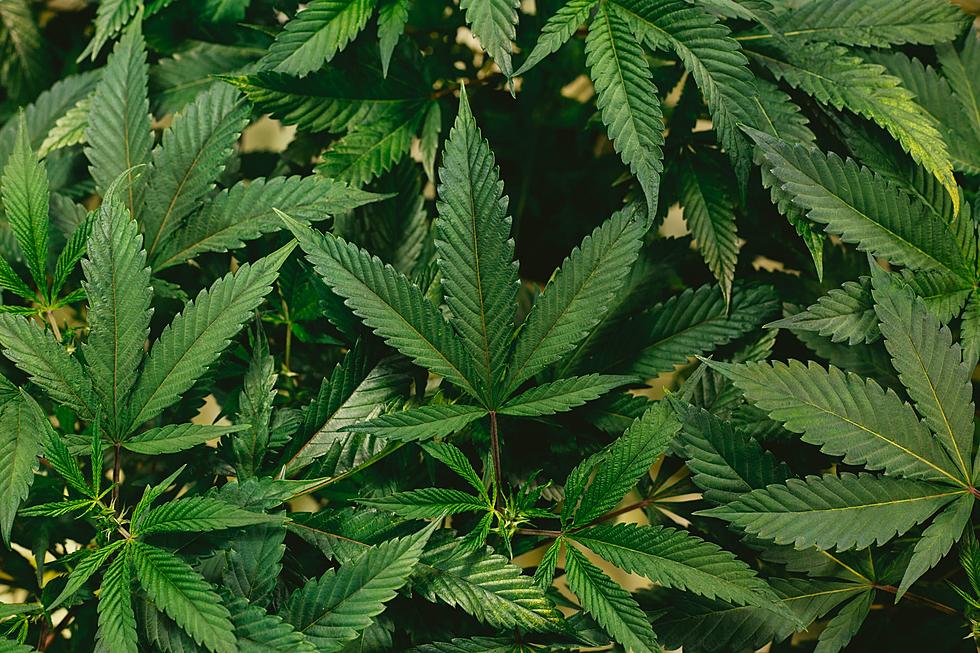
Hitting the Mute Button on Train Horns in Sioux Falls
The sound of train horns echoing throughout the downtown Sioux Falls area may soon be silenced.
A bill making its way through the South Dakota Legislature is seeking to create 'quiet zones' in certain areas where trains operate.
Senate Bill 115, sponsored by Senator Jack Kolbeck and Representative Greg Jamison, both of Sioux Falls, would eliminate the mandatory activation of train horns in railroad crossing areas, leaving the use of horns to the discretion of train engineers.

The bill originally called for $5.4 million to be used by the Department of Transportation to establish the 'quiet zones' in Sioux Falls. The bill has since been amended to include all first-class municipalities in South Dakota, which includes all cities with a population of 5,000 or more:
- Sioux Falls
- Rapid City
- Aberdeen
- Brookings
- Watertown
- Mitchell
- Yankton
- Huron
- Pierre
- Spearfish
- Box Elder
- Vermillion
- Brandon
- Sturgis
- Harrisburg
- Madison
- Belle Fourche
- Tea
The bill was recently unanimously passed by the Senate Transportation Committee. It now goes to the Joint Appropriations Committee for approval.
LOOK: What major laws were passed the year you were born?
LOOK: Here is the richest town in each state
LOOK: The most expensive weather and climate disasters in recent decades
More From KXRB









